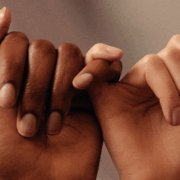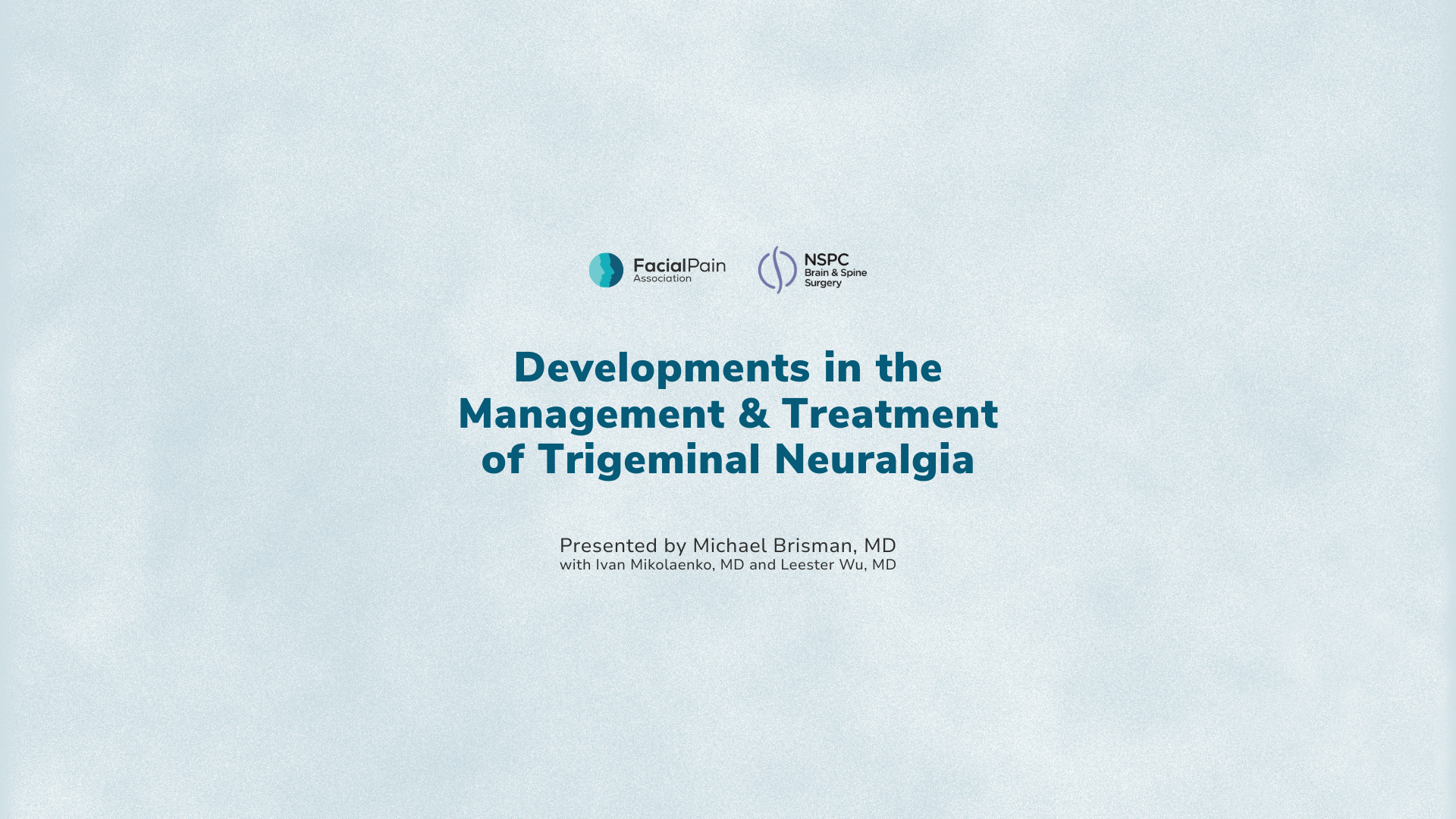My name is Susan Mills. I live in Sonoma, California. My trigeminal neuralgia pain started after a subepithelial connective tissue graft, an elective procedure used by periodontists to correct receding gums. After the procedure, I left the dental office feeling like something had gone wrong. I was in too much pain, too bruised, and too swollen for what was supposed to be a simple procedure. That day was October 18, 2012, and I have had constant burning pain ever since. Several months later, I was diagnosed by a neurologist who said, “I am so sorry this has happened to you.”
I had never before heard the words “trigeminal neuralgia,” and it has taken many years and too many doctors to count for me to understand the gravity of those two words. As I bounced from one doctor to another, I heard many more words to describe my condition… TN2, TN3, burning mouth syndrome, atypical facial pain, migraines, complex regional pain syndrome, neuralgia involving the distal branch of the maxillary nerve, chronic neuropathic facial pain following local anesthesia accident with pain in 2nd division, left branch of the 5th trigeminal nerve, trigeminal neuralgia, trigeminal neuropathy, chronic pain syndrome, and many others I cannot remember.
Prior to my periodontal injury, I was a healthy individual who worked out at the gym every day, did yoga on the beach, and walked 6 miles several days a week with my neighbor. On the weekends, I climbed mountains! Not anymore.
I have tried all the “tricks of the trade” typically prescribed by doctors for neuropathic pain, including anticonvulsants, antidepressants, antispasmodics, nerve blocks, ketamine treatments, lidocaine infusions, acupuncture, chiropractic adjustments, photo-modulation, transcranial magnetic stimulation, cyberknife, and a radiofrequency rhizotomy, all with no relief. I recently completed an eight-week Chronic Pain Management Program. The only procedure I have not had is microvascular decompression surgery.
I felt all alone until one day I came across the FPA while searching on-line, determined to find a way out of this nightmare. I started attending a facial pain support group in the San Francisco/East Bay where I met others with the same or similar conditions. We shared our stories about doctors and procedures, medications and side effects, and how this condition had totally changed our lives.
I have attended three annual conferences. At the San Diego convention, I met Claire Patterson, who founded the FPA in 1990. I don’t know where I would be today if I had not found the FPA. TN is considered an “orphan disease”; however, I seem to meet someone who has it or knows of someone who has it every week. I am a peer mentor for the FPA and a co-leader for the San Francisco/East Bay support group that has recently merged with the Sacramento support group.
I am indebted to the FPA for all it has given me and I feel compelled to give back. You can too!
Start a support group in your community, or become a peer mentor. Attend support group meetings and annual conferences. Help fund raise. Above all, spread the word to your medical community that there is help for their facial pain patients … and that is the Facial Pain Association.









































